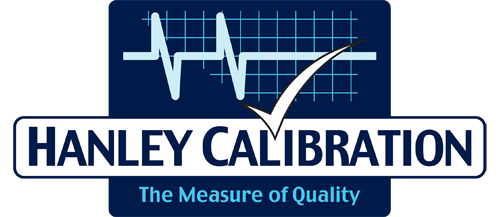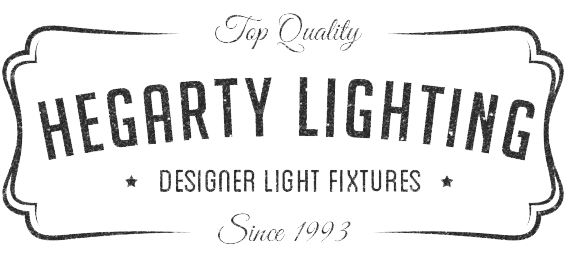The Gaelic Athletic Association was founded in Hayes Hotel in Thurles in 1884. Kilmacabea GAA Club started life as early as 1888 a year after The Dohenys(Dunmanway). Around 1900 football was so strong in the parish that a Leap Contingent broke away from Glandore to form a new team – The Geraldines. After a few years the two teams amalgamated under the banner of Kilmacabea. They reached the South West finals in 1909 and 1912 but were beaten on both occassions. A Kilfaughnabeg team was registered in 1915 but we have no further information than that. During the war of independence years the club met with indifferent fortunes.
With the arrival of Sergeant Bill Smith in 1927, along with players from Glandore and Union Hall, the Kilmacs(sometimes Carbery United)were in action once again. The games at this stage were played in a five-acre field owned by the Looney family in Gurtyowen near Glandore. Men like Ger. O’Donovan, Cullane, Jim Brady and Dan O’Donovan, Madranna, Willie Crowley, Gallows Hill, Tim Hurley, Kilfadeen, Sonny Collins, Kilmacabea, Mick O’Donovan, The Quay, Dick Bennett, Leap were prominent names. In the early forties many of the local players lined out with Connonagh. They won the Grade B in 1942 with the bare fifteen.
In 1948 the new playing pitch was opened with a seven a side tournament. The winners were to receive a new pair of football boots! Boots were a huge asset in those days, as most players did not have boots. At this stage the team was called St. Patricks.
Men like Peter Williams, Johnny Fortune and Connie Hurley were doing trojan work and the new club contested a S.W. Junior 2 Final in 1959 against Goleen. They won the match but lost through an objection and Goleen went on to win the championship. This was a successful era with Kilmacabea winning South West Rural Schools in 1959 and 1960.
The players formed the basis for very successful minor teams in 1965, 1966 and 1967. Another successful U14 team in 1966 made a breakthrough in 1971, winning the S.W. Junior 2 football championship. (not played until January 1972). For most of the seventies the club played at Junior 1 level. Unfortunately for them Bantry, Bandon and Castlehaven produced very strong teams, all winning Junior county titles and moving on to bigger things. The under age club had to wait until 1979 for the next win at U-12 level. The junior team regraded that year and contested finals in 1980 and 1981 before winning in 1982. The eighties can not be counted as a very successful time for the club. Emigration ravaged the area taking with it some of the clubs most talented players.
1990 proved a marvellous year for Cork winning the double and it also proved a rewarding decade for Kilmacabea. The U14 team won the S.W. in ’91,’92, and ‘93 and were beaten in the county final in 1992. The U 21’s won the championship in ’91, ’92 and 1999. The Junior 4 team won their championship in 1993.
Pride of place in the clubs history must go to the junior 2 team of 1994 who won the West Cork and went on to win the County. The minors were also successful in that year.
The nineties were also notable for the number of girls playing. Claire O’Donoghue(Maultrahane) has unprecedented success. She has been part of Cork ladies teams that have been successful at all grades from u-12 up. In 2005 she was part of the Cork senior ladies team that created history by winning Corks first senior ladies titles when they achieved the double of winning the League and the Championship.
While West Cork is predominantly a football area and Kilmacabea have been mainly involved in football efforts have also been made to play hurling. It was first introduced in 1961 with some success at under age. A combination of Leap and Castlehaven players won the S.W. U-21 championship in 1972 without ever training seriously. The club fielded a junior team in the mid eighties and again in the late nineties (with a lot of silver haired individuals in the squad). Underage hurling commenced again in 2001 at u-12 level and this bore fruit in 2005 with a win in the U-14 championship.
When writing a short article like this, one is always conscious of those names and years, which can sometimes be overlooked. To those we have omitted, we say, you too played your part and were it not for you the Kilmacs might not have survived.
P.S. The club would like to welcome any contributions e.g. knowledge, photos, memories etc to develop the history of Kilmacabea GAA club. It doesn’t matter how unimportant you may feel it is and don’t be embarrassed to correct us or improve our information. It would be hoped to eventually do a more detailed history so all contributions will be most welcome.




